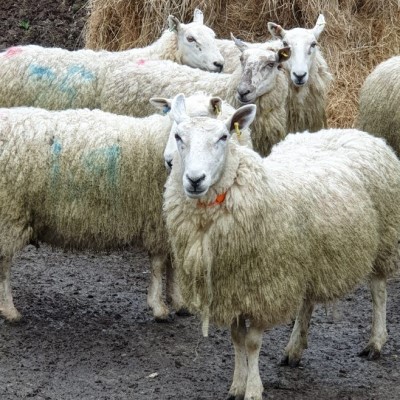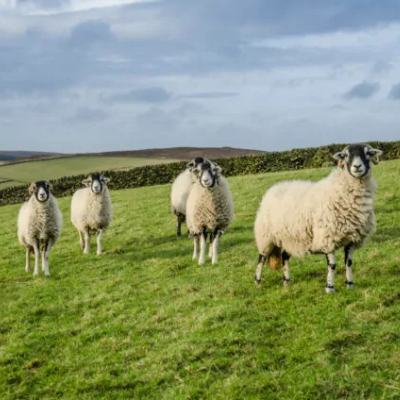CIEL | News: Rapid and widespread change needed to meet net zero targets for livestock
The latest report published by CIEL has identified that greenhouse gas emissions could be reduced from the main livestock types by 23% and ammonia emissions by 15% if wide scale and highly effective mitigations are adopted across UK farms to help reach net zero targets for livestock
Published 5 April, the report is believed to be the first of its kind to model and collate data at this scale. It covers a range of mitigating scenarios in real life case studies across dairy, beef, sheep, pig and poultry farms.
Speaking at the report launch, Dr Mark Young, Head of Innovation at CIEL, explains CIEL commissioned an independent consortium of expert scientists from the Agri-Food and Biosciences Institute (AFBI), Queen’s University Belfast, Scotland’s Rural College (SRUC) and Rothamsted Research to deliver the report.
“It’s a follow-on from CIEL’s report published in 2020, ‘Net Zero Carbon & UK Livestock’, which established benchmarks for a range of farming systems across the main livestock types in the UK. The 2020 report also assumed agriculture’s target of a 64% reduction in emissions by 2050 applies to livestock agriculture,” says Dr Young.
“This report, ‘Net Zero & Livestock: How Farmers Can Reduce Emissions’, goes a step further to look at a wide range of mitigation options that can help reduce emissions at farm level. The report aims to provide farmers, advisers, supply chain partners and policymakers with the information to support evidence-based decision making when it comes to farming in a net zero world.”
Drawing on conclusions of the report, Dr Young explains there are many positives to take from the findings. However, the report reaffirms the substantial change required if the UK’s livestock industry is to achieve its net zero target for 2050.
“The need for improvement in herd or flock production efficiency should be the focus for most farmers in the drive to reduce their carbon footprint, and this report highlights that need,” he notes. “And, with input costs being top of mind for many in our industry, the potential efficiencies around feed, forage and nutrient management are particularly pertinent.”
“Increasing productivity per animal while reducing input costs, and maintaining overall productivity at the same level, is something we can do right now. Farmers can focus on aspects such as age at which females first breed and their productive lifespan; number of offspring produced and their growth rate; and rate of milk or egg production.
In addition to this, Dr Young explains how the report continues to highlight the importance of new technologies and wide scale adoption to reduce emissions further.
“The use of rumen methane inhibitors was one mitigation strategy modelled on dairy, beef and sheep case study farms and detailed in the report. The assumed efficacy of this technology could be considered high and therefore work is ongoing to help bring these technologies to market and develop delivery mechanisms that are better suited to grazing systems and less dependent on concentrate feeding,” he says.
Leader of the science consortium, Professor Elizabeth Magowan of AFBI, highlights that the report calls out a range of mitigations which when used in combination can contribute to both reducing the carbon footprint of farms as well as reducing national emissions of greenhouse gases.
“However, the importance of land use change aligned with feed ingredients was highlighted as an area where carbon footprinting and national inventory accounting were difficult to reconcile – since emissions of feed ingredients for UK livestock feed often occur in other countries,” notes Professor Magowan.
“Overall, home grown ingredients, with no land use change, should be optimum to contribute to climate change mitigation.”
Although the report delivers positive, practical solutions for the industry, Lyndsay Chapman, CEO of CIEL, says it also highlights that change on-farm requires collective effort.
“All those within the supply chains must work together to reduce emissions while still producing the nutritious, safe food the UK needs,” says Lyndsay Chapman.
“Farmers cannot, and should not, be expected to deliver this on their own. This report re-confirms that we could deliver a large reduction in greenhouse gases to significantly contribute to the goal of net zero carbon by 2050, but even that requires universal adoption of the various known mitigations across all livestock farms in the UK – something we are not currently achieving.
“This emphasises the critical need for new innovations and for change to be rapid and widespread, actively supporting adoption of both known and new mitigations,” Lyndsay concludes.
To find out more and download a copy of the report, please click here








